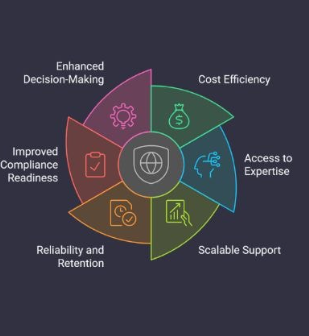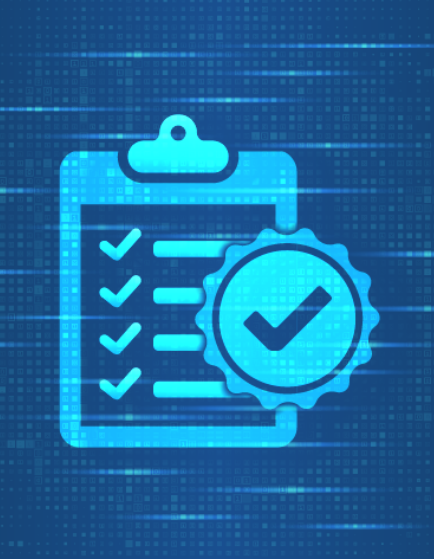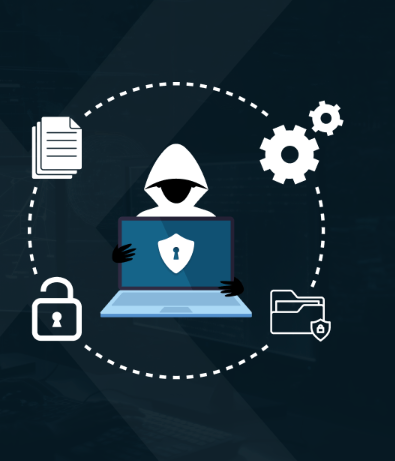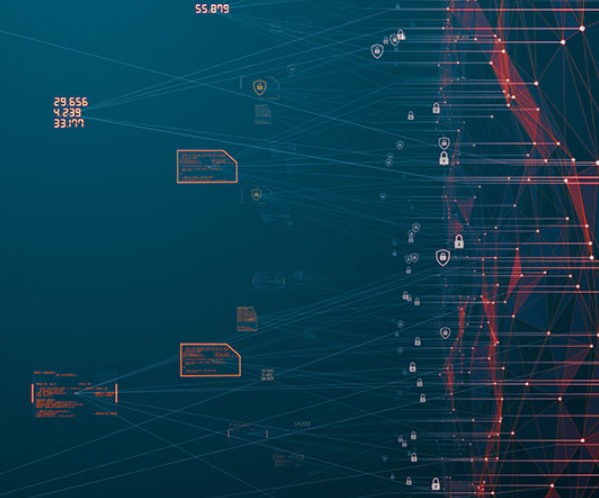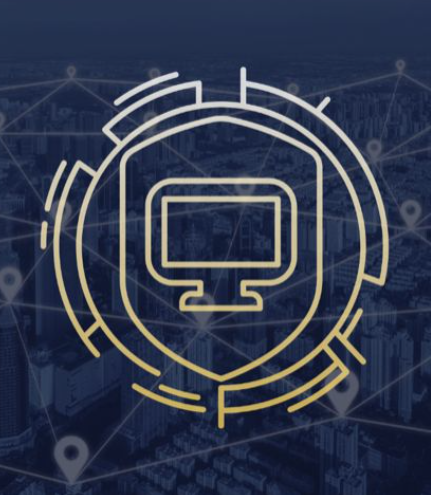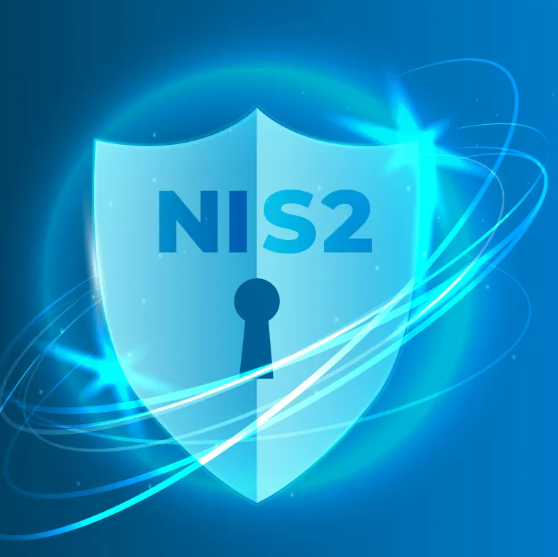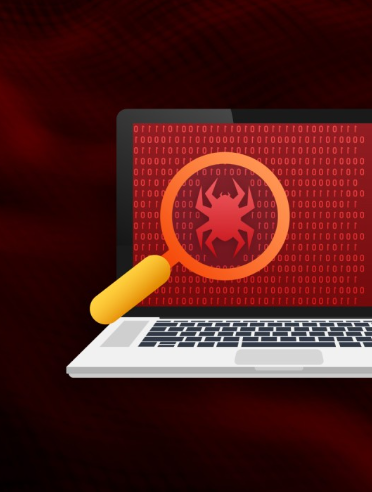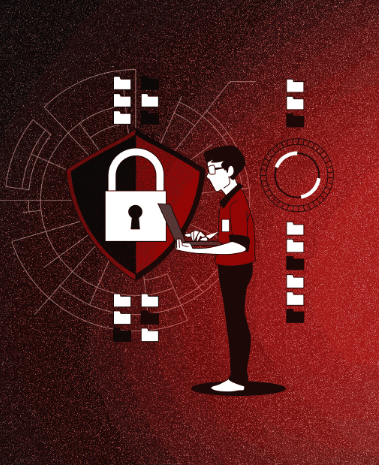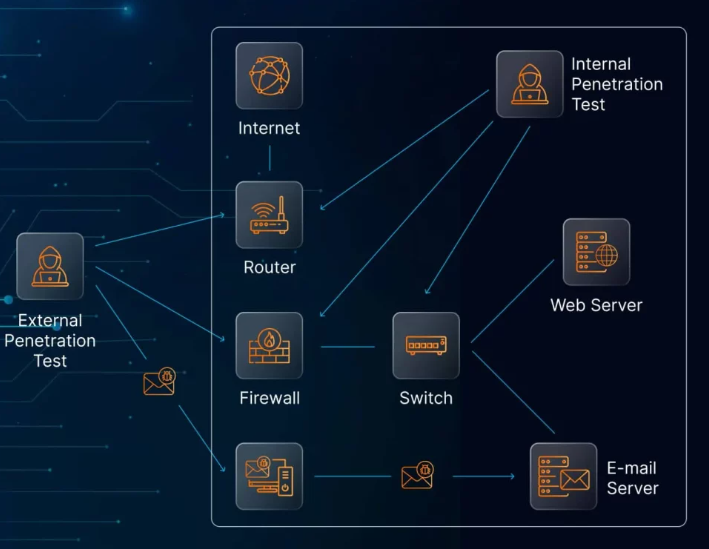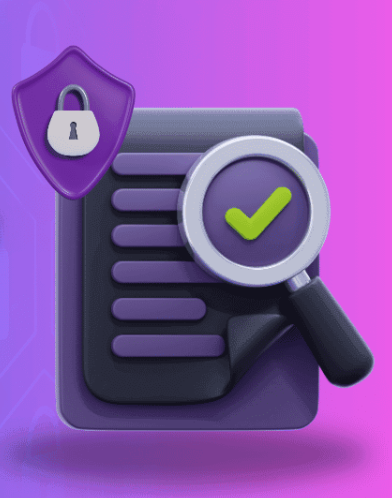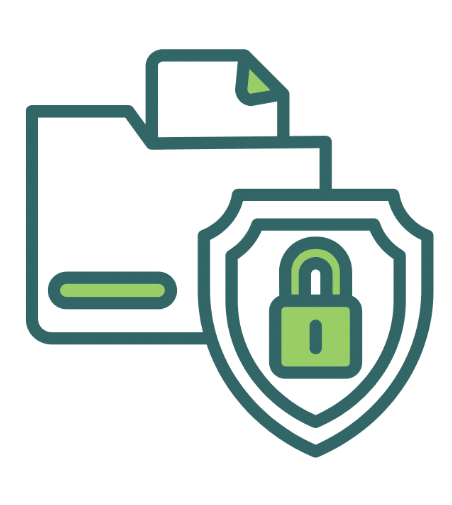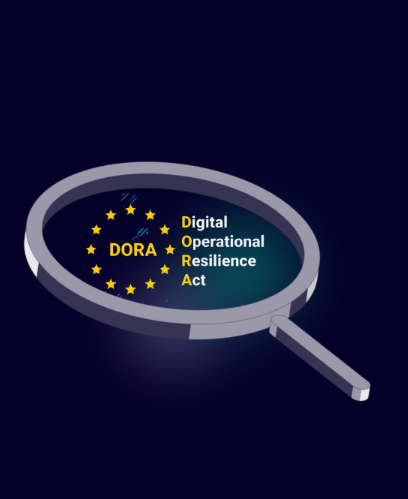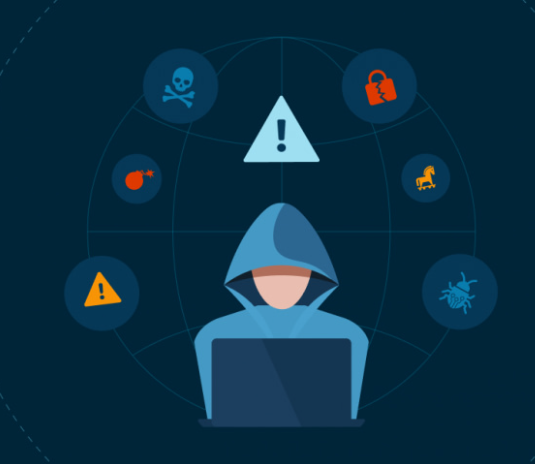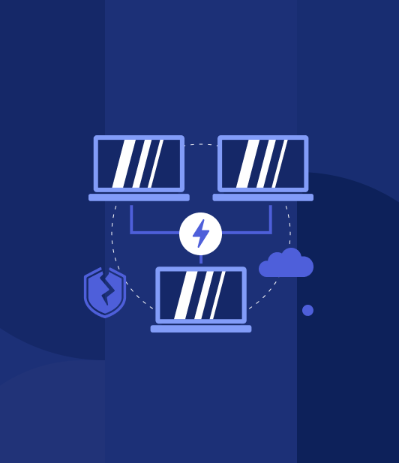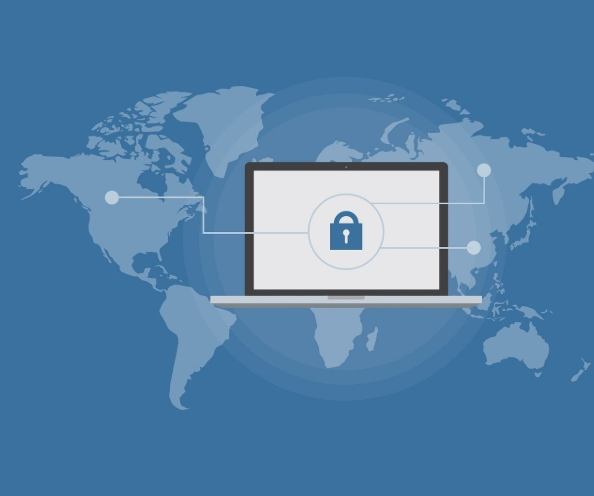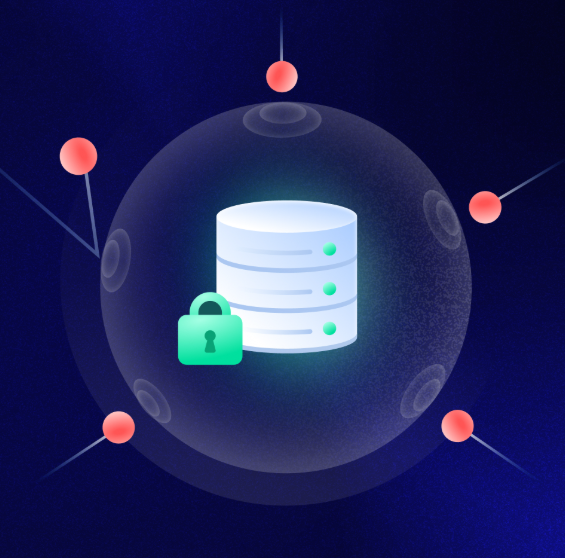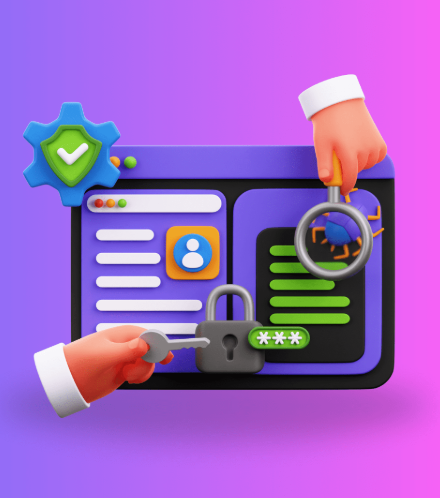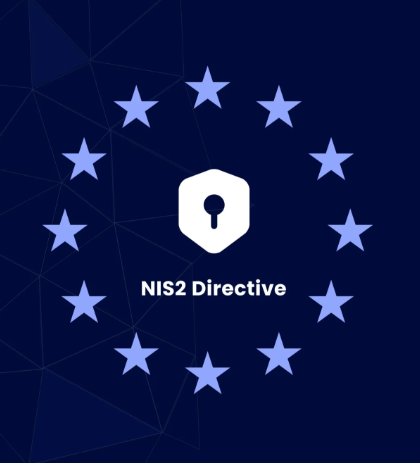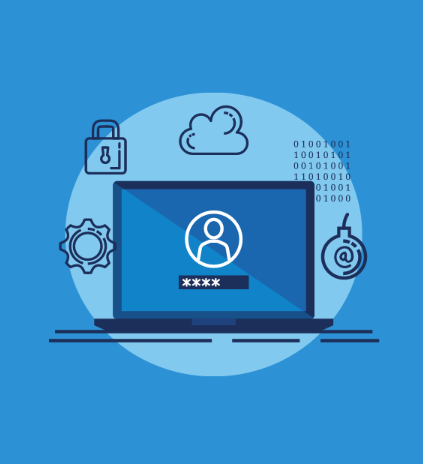
As technology continues to shape every aspect of our lives, the security of personal and organizational data has become more crucial than ever. Every online interaction generates data, and while this information is essential for functioning in the digital world, it is also a prime target for cybercriminals. Data breaches are becoming increasingly common, posing severe consequences for both individuals and organizations alike. In this post, we will explain what data breaches are, how they occur, and what can be done to prevent them.
What Is a Data Breach?
A data breach occurs when unauthorized individuals or cybercriminals gain access to confidential information, often with malicious intent. This information can range from personal details to sensitive financial records, intellectual property, and more. Some of the most commonly targeted data includes:
- Personal Identifiable Information (PII): Data like names, social security numbers, and biometric information.
- Protected Health Information (PHI): Medical records, health conditions, and treatment details.
- Financial Information: Credit card numbers, bank account information, and tax documents.
- Confidential Business Information: Trade secrets, contracts, and customer lists.
- Intellectual Property: Software, patents, and blueprints.
A data breach can happen through several methods, such as phishing, malware, or exploiting software vulnerabilities. Once attackers have access, they can steal, alter, or hold the data for ransom. The stolen information can be used for identity theft, financial fraud, or corporate espionage, or it can be sold on the dark web.
The impact of data breaches is far-reaching, with the average cost of a breach in 2023 reaching a staggering $4.45 million, reflecting a significant increase in just a few years.
Common Methods of Data Breaches
Cybercriminals use a variety of tactics to breach systems and steal data. Here are some of the most common methods:
1. Social Engineering Attacks
One of the most common methods cybercriminals use to gain unauthorized access to systems is through social engineering. This involves manipulating individuals into divulging sensitive information or taking actions that compromise security. Phishing, where an attacker impersonates a legitimate entity to trick users into revealing personal information, is the most widespread form of social engineering. Training employees to recognize these tactics can reduce the risk significantly.
2. Malware Attacks
Malware, or malicious software, is another tool used by cybercriminals. These attacks often involve tricking users into downloading a malicious attachment, link, or visiting a compromised website. Once activated, the malware can steal data, monitor activities, and spread throughout the system.
3. Ransomware Attacks
Ransomware is a type of malware that locks a victim’s data, holding it hostage until a ransom is paid. Attackers typically deliver ransomware via phishing emails or malicious links. Once the malware is installed, it can encrypt the victim’s data, making it inaccessible unless the ransom is paid, although paying the ransom doesn’t guarantee the attacker will restore the data.
4. Code Injection Attacks
In these attacks, cybercriminals exploit software vulnerabilities to insert malicious code into a system. One common form of code injection is SQL injection, where an attacker targets weaknesses in a website’s database to gain unauthorized access to data. Regular security audits can help identify and mitigate these vulnerabilities.
5. Brute Force Attacks
Brute force attacks involve systematically guessing passwords until the correct one is found. Many individuals and organizations use weak passwords, making this method effective for hackers. Implementing strong password policies and multi-factor authentication can make these attacks less successful.
6. Insider Threats
Data breaches aren’t always caused by external actors. Employees or contractors with access to sensitive data can intentionally or unintentionally compromise it. Malicious insiders may steal or leak information, while accidental insiders might expose data through negligence or poor security practices.
7. Man-in-the-Middle (MITM) Attacks
MITM attacks involve eavesdropping on communications between two parties. Cybercriminals intercept data as it is transmitted, gaining access to sensitive information like login credentials or financial details. Using encrypted communication channels and secure Wi-Fi networks can help prevent MITM attacks.
8. Distributed Denial of Service (DDoS)
While DDoS attacks don’t directly cause data breaches, they are often used as a distraction while another attack is launched to access sensitive data. DDoS attacks overwhelm a system with traffic, making it difficult for defenders to detect the real threat.
How Data Breaches Typically Unfold
Data breaches generally follow a series of stages, from initial research to data exfiltration. Understanding these stages can help organizations better prepare and respond to potential threats:
- Research: Attackers gather information about the target, identifying weaknesses in systems or employee practices that can be exploited.
- Creating an Entry Point: After gathering information, attackers attempt to gain access to the network, often through phishing or exploiting software vulnerabilities.
- Infiltrating the System: Once inside, attackers move through the system, gaining greater access to sensitive data.
- Exfiltrating the Data: Finally, attackers copy and transfer the stolen data out of the system, often without detection. This can also involve encrypting the data to demand a ransom.
By understanding these stages, organizations can take proactive steps to defend against each phase of a potential breach.
Vulnerabilities That Lead to Data Breaches
Several common vulnerabilities are frequently exploited in data breaches:
- Weak or Stolen Passwords: Simple or reused passwords are a significant risk, especially if attackers can make unlimited guessing attempts.
- Unsecured Devices: Personal devices used for work, without proper security protocols, can create a gap for attackers to exploit.
- Unsecured Networks: Public Wi-Fi and unencrypted connections are often targeted in MITM attacks, making it easier for attackers to intercept data.
- Outdated Software: Systems that don’t regularly receive security patches or updates are particularly vulnerable to attacks that exploit known flaws.
- Lack of Proper Monitoring: Without comprehensive monitoring and logging, it can be difficult to detect an ongoing breach.
- Excessive Access Permissions: Granting users more access than they need can result in a larger attack surface and an increased risk of privilege escalation.
The Impact of Data Breaches
The consequences of a data breach can be severe. For individuals, it may lead to identity theft, financial fraud, and privacy violations. For businesses, the effects are often much broader, including financial losses, reputational damage, regulatory fines, and legal action. If a government agency is breached, it could lead to national security risks or expose sensitive intelligence.
Regulations and Laws
Various regulations have been established to protect sensitive data and require organizations to respond appropriately to breaches. Some of the most important include:
- GDPR (General Data Protection Regulation): The GDPR imposes strict rules on how organizations must protect data and report breaches.
- HIPAA: In the healthcare industry, HIPAA regulates how health information is handled and mandates breach notifications.
- PCI DSS: This set of security standards governs the protection of payment card information.
Failing to comply with these regulations can result in severe penalties, including fines and lawsuits.
Preventing Data Breaches
Organizations and individuals can take several steps to reduce the risk of a data breach:
- Security Awareness Training: Educating employees on the risks of phishing and other common attacks.
- Vulnerability Assessments: Regularly testing systems for weaknesses and applying necessary patches.
- Encryption: Encrypting sensitive data ensures it remains protected, even if it is stolen.
- Multi-Factor Authentication (MFA): Requiring multiple forms of authentication can make it harder for attackers to gain access.
- Strong Password Policies: Implementing complex password requirements and periodic changes can prevent brute force attacks.
By understanding the risks and taking these proactive steps, organizations can significantly reduce the likelihood of a data breach.




